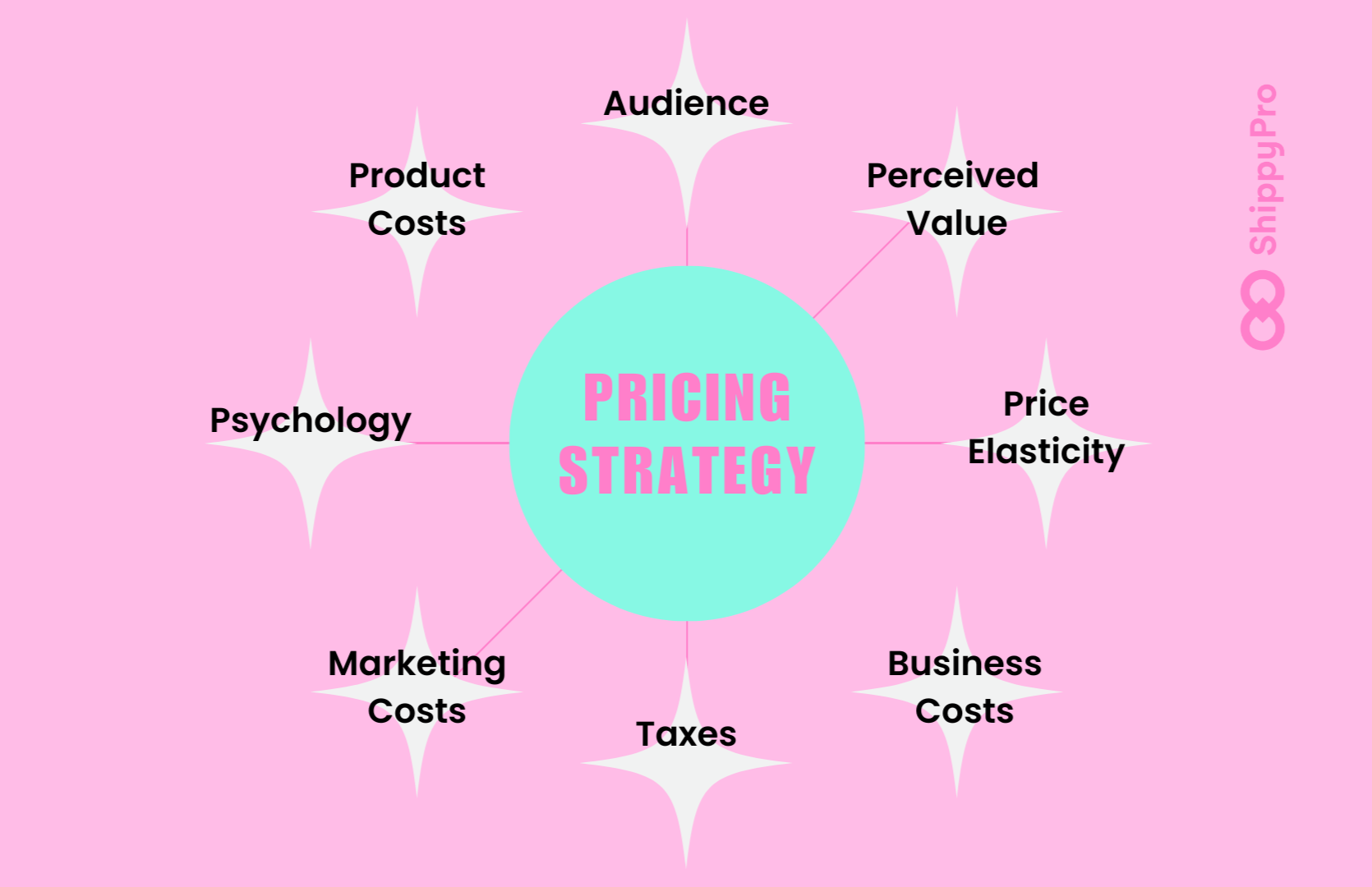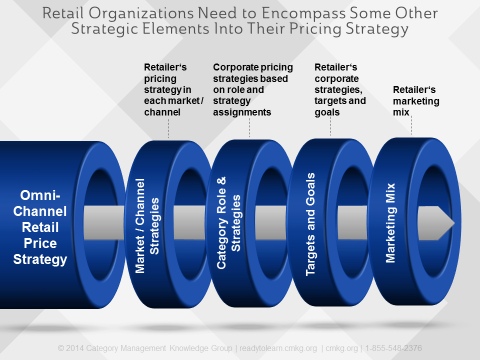The Significance of a Distinct Pricing Strategy in Open Markets
Wiki Article
Optimize Revenue With Proven Prices Method Techniques
Strategies such as value-based prices, vibrant pricing, and extensive market evaluation can dramatically improve a business's monetary efficiency. Understanding customer perception and leveraging information analytics for nimble pricing adjustments are essential parts of this technique.Understanding Consumer Understanding
Recognizing customer perception is essential for creating efficient prices methods. It affects just how consumers evaluate an item's worth, high quality, and overall good looks. Organizations need to recognize that consumers often base their willingness to pay not exclusively on the product's innate qualities however additionally on psychological elements, consisting of brand reputation, social status, and viewed shortage.
Furthermore, firms ought to take into consideration the role of rates psychology, such as charm rates or cost anchoring, which can dramatically affect client behavior. Recognizing these assumptions makes it possible for organizations to mount their pricing methods in a fashion that lines up with customer expectations while making best use of earnings.
Integrating client understanding into rates techniques not just help in establishing competitive rates but additionally promotes brand name loyalty, as consumers feel understood and valued. Ultimately, a nuanced understanding of customer perception can result in sustainable income development and improved market positioning.
Analyzing Market Trends
To develop an efficient rates approach, examining market fads is essential for businesses aiming to stay competitive. Understanding the dynamics of market variations makes it possible for companies to make informed choices concerning rates adjustments, product launches, and resource allocation - Pricing Strategy. By monitoring customer actions, economic indications, and market developments, services can identify patterns that notify their pricing frameworksSeasonal fads can provide insights into optimum pricing throughout peak and off-peak durations, permitting for strategic discounting or advertising rates. Additionally, maintaining an eye on technical advancements can help identify possible threats or possibilities that could impact pricing methods.
Utilizing information analytics tools can enhance the accuracy of fad evaluation, offering beneficial insights that promote dexterous decision-making. Companies need to also take into consideration carrying out normal marketing research to validate presumptions and adjust to advancing consumer choices. By leveraging these understandings, companies can not only maximize their rates techniques however additionally enhance their general market placement, making sure lasting earnings and development.
Competitive Rates Methods
A competitive pricing approach is vital for businesses aiming to gain a side in a jampacked marketplace. By analyzing competitors' prices frameworks and market positioning, firms can tactically establish their costs to attract consumers while preserving profitability. This method calls for a detailed understanding of both the competitive landscape and customer understandings of value.One efficient approach is cost matching, where a company provides to defeat a rival or match's rate. This method can improve customer loyalty and urge sales, especially in price-sensitive markets. In addition, infiltration pricing can be employed to catch market share by originally establishing rates lower than rivals, luring customers to try the item and fostering brand recognition.
In addition, businesses can carry out emotional pricing methods, such as pricing things simply below a rounded number (e.g., $9.99 rather than $10 - Pricing Strategy.00) This can produce the assumption of a far better deal, influencing consumer actions
Ultimately, a successful competitive rates approach balances the need to remain eye-catching to consumers while ensuring that the prices design straightens with the firm's general purposes. Frequently changing and reviewing prices in feedback to market changes and rival activities is vital for sustained success.
Value-Based Pricing Strategies
Value-based rates strategies concentrate on setting rates largely based upon the perceived worth of an item or service to the client, instead of only on production prices or competitor rates. This strategy requires a deep understanding of client needs, preferences, and the unique advantages that the product and services offers. By determining the specific value drivers that reverberate with customers, services can produce rates methods that show truth worth of their offerings.To apply value-based rates successfully, firms need to participate in detailed marketing research, consisting of consumer surveys and focus groups, to gather insights into customer understandings. Additionally, services ought to sector their consumer base to customize prices techniques that straighten with various value perceptions across sections.
Interaction plays an essential role in value-based prices; business need to verbalize the unique value recommendation clearly to warrant the rate point. Additionally, recurring analysis and anonymous modification are important, as customer understandings of worth might change in time because of market dynamics or affordable actions. By focusing on worth in rates strategies, companies can boost customer complete satisfaction, enhance loyalty, and ultimately optimize revenue.
Dynamic Rates Designs

Dynamic pricing leverages sophisticated formulas and data analytics to keep an eye on rival pricing, customer behavior, and inventory degrees. By dynamically adjusting prices, businesses can optimize income, make the most of profit margins, and respond swiftly to adjustments in the industry. As an example, airlines commonly employ this model to adjust ticket rates based upon elements like remaining seats, time until departure, and rival rates.
Nonetheless, the application of dynamic prices need to be approached with caution. Clear interaction with clients is necessary to preserve depend on and avoid perceptions of unjust rates methods. Furthermore, businesses must make certain that their pricing formulas are not overly complicated or nontransparent, as this can bring about customer frustration.
Eventually, when carried out thoughtfully, dynamic pricing versions can provide companies with a considerable affordable benefit, allowing them to maximize market opportunities this contact form while satisfying customer assumptions in a swiftly altering financial landscape.
Conclusion

Strategies such as value-based prices, vibrant rates, and thorough market evaluation can considerably enhance a company's economic efficiency. Seasonal Extra resources trends can give insights right into optimum rates during optimal and off-peak durations, allowing for tactical discounting or marketing rates.Dynamic pricing leverages advanced formulas and data analytics to check rival rates, customer habits, and inventory levels. By recognizing customer perception, analyzing market fads, and applying affordable rates strategies, businesses can properly straighten their pricing with customer assumptions. Additionally, value-based rates and dynamic pricing versions allow companies to respond agilely to market variations.
Report this wiki page